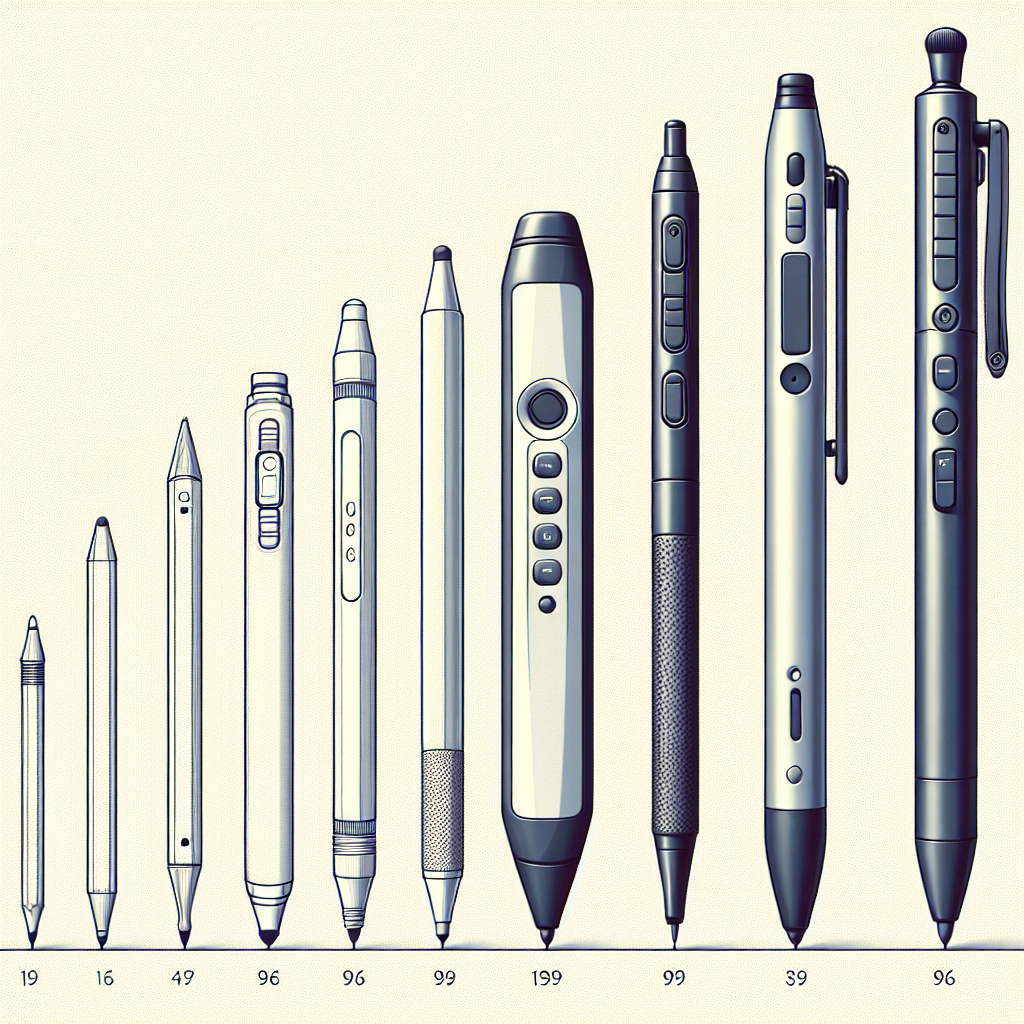The Evolution of Apple Pencil: From Sketching to Productivity
When Apple first introduced the Apple Pencil in 2015, it was hailed as a game-changer for artists and designers. The sleek and precise stylus quickly became a popular tool for digital sketching on the iPad. However, over the years, Apple Pencil has evolved to become much more than just a sketching tool. It has transformed into a versatile productivity accessory that enhances the iPad experience across various industries.
The Birth of Apple Pencil
Apple Pencil was born out of a desire to provide a more natural and intuitive way to interact with the iPad. The team at Apple recognized the limitations of finger-based input and set out to create a stylus that would replicate the feel of using a traditional pencil or pen on paper. The result was the Apple Pencil, a precise and pressure-sensitive tool that could mimic different drawing and writing techniques.
Revolutionizing the Artistic Experience
Artists and designers were quick to embrace the Apple Pencil. Its low latency and precise tracking enabled them to create intricate digital artwork with ease. The pressure sensitivity feature allowed for varying line thickness and shading, providing a more realistic drawing experience. The Apple Pencil, combined with powerful drawing apps like Procreate, turned the iPad into a portable art studio, empowering artists to create and showcase their work anywhere.
Expanding into Productivity
As the demand for Apple Pencil grew, Apple saw an opportunity to expand its functionality beyond the artistic realm. With the release of the second-generation Apple Pencil in 2018, the company introduced new features that made it a powerful productivity tool. The double-tap gesture allowed users to switch between tools or activate specific functions within apps, increasing efficiency and workflow. The ability to annotate documents, take handwritten notes, and mark up PDFs made the Apple Pencil an invaluable tool for professionals in fields like education, design, and business.
Enhancements and Compatibility
Apple continuously strives to enhance the Apple Pencil experience. The introduction of the Apple Pencil (3rd generation) in 2021 added features like magnetic attachment and charging, eliminating the need for a separate charging cable. This innovation made the Apple Pencil even more convenient and seamless to use. Furthermore, Apple has expanded Apple Pencil compatibility to include not only the iPad Pro models but also the iPad Air and iPad mini, making it accessible to a broader range of users.
The Future of Apple Pencil
As Apple continues to push the boundaries of technology, we can expect further advancements in the Apple Pencil. With each iteration, the stylus is likely to become more powerful, precise, and seamlessly integrated with the iPad ecosystem. The integration of new sensors or additional gesture controls might unlock even more possibilities, further blurring the line between traditional writing and digital expression.
Conclusion
The Apple Pencil has come a long way since its inception. From being an innovative tool for artists to becoming an essential accessory for productive tasks, the evolution of Apple Pencil is a testament to Apple’s commitment to pushing the boundaries of creativity and productivity. Whether you’re an artist, student, or professional, the Apple Pencil offers a transformative experience that combines the best of both analog and digital worlds.
